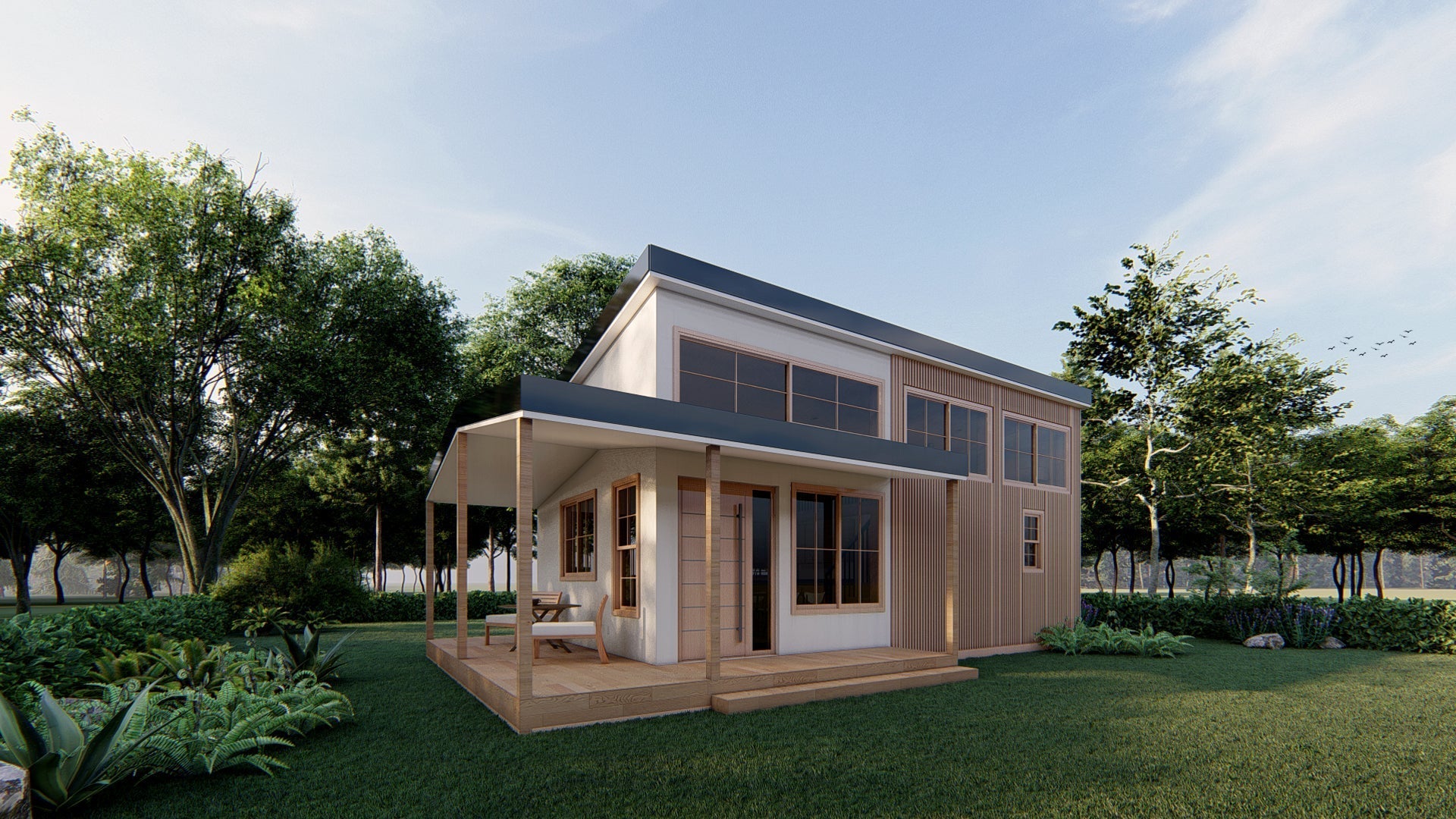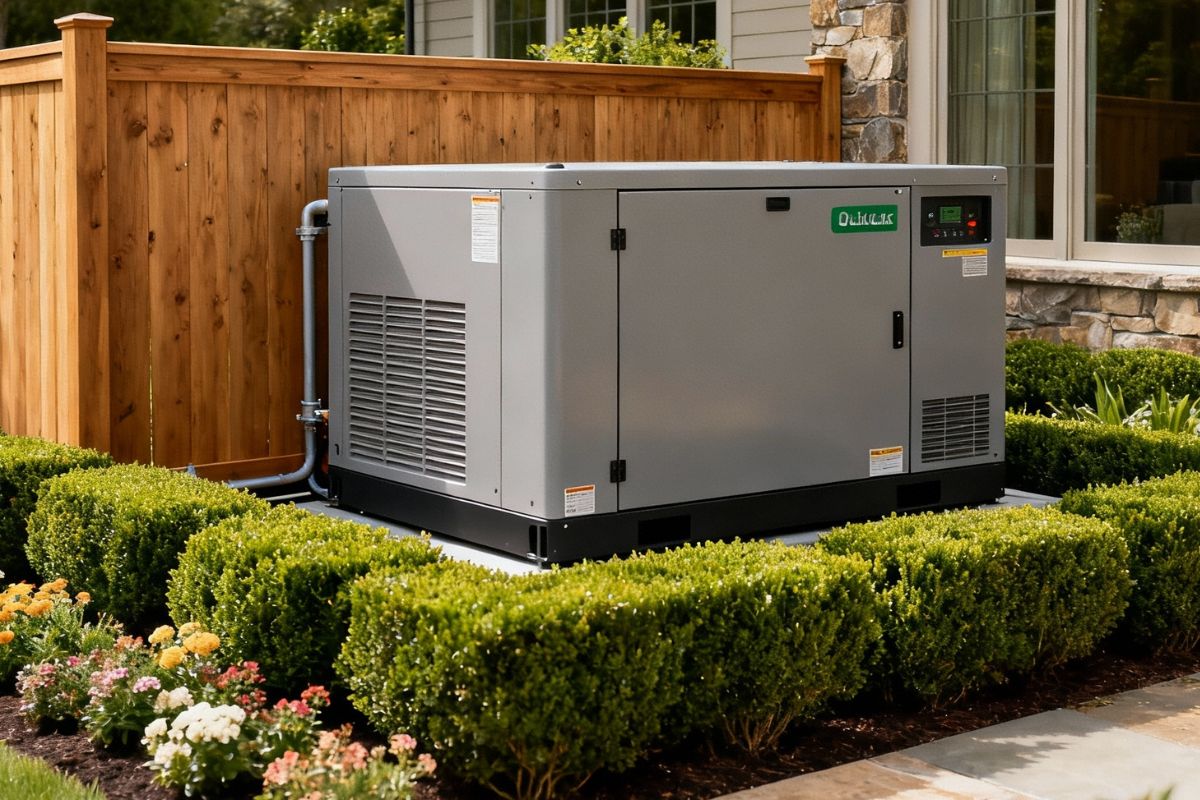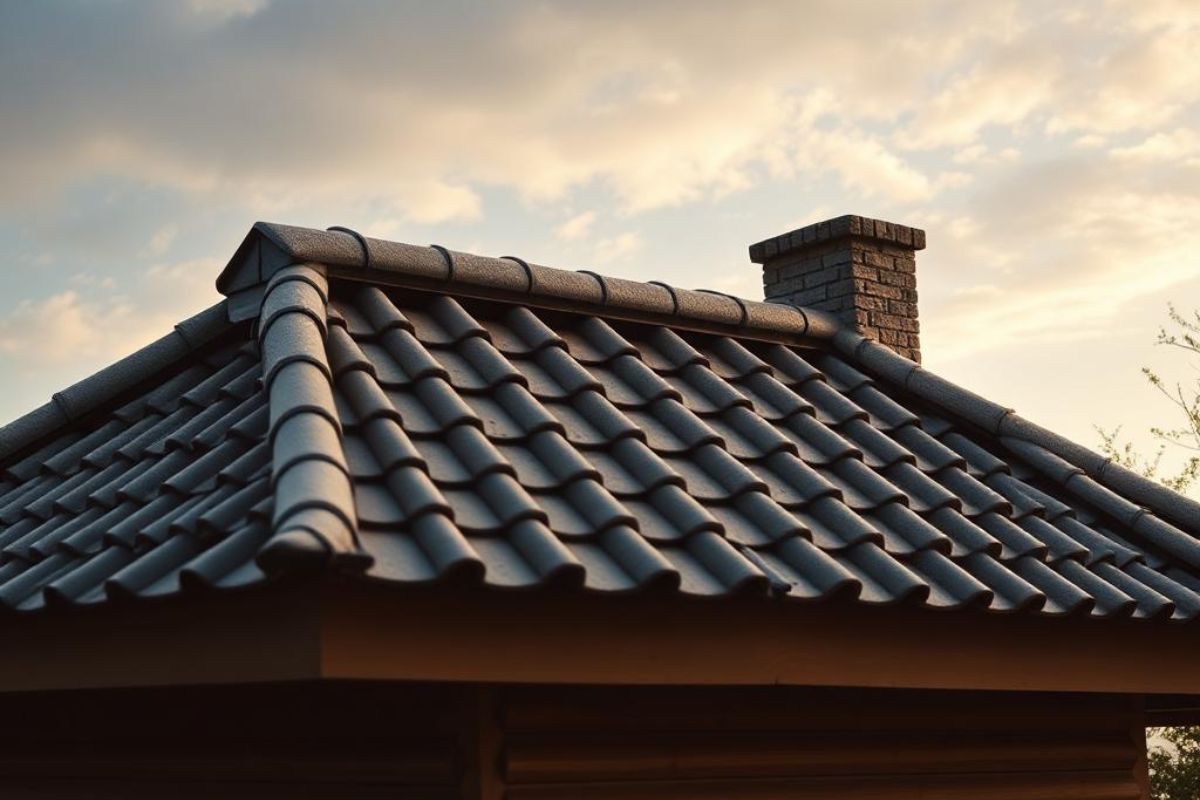Tiny homes demand smart choices in every detail when it comes to the roof. The right roofing material affects everything from insulation and durability to aesthetics and budget. A tiny home’s compact size intensifies exposure to weather and limits space for maintenance tools. You must think practically without compromising comfort or performance.
Many new homeowners feel overwhelmed by the options. Asphalt shingles, metal panels, and modern synthetics all look good on paper. Still, each one behaves differently in real-world conditions. Understanding which materials perform best on compact structures can save money and prevent future damage.
Understanding the Impact of Roof Shape and Size
A tiny home's roof often follows a simple pitch or gable design. This simplicity helps with runoff and minimizes labor costs. Still, smaller surfaces create unique challenges. Every square foot must perform double duty in shedding water, insulating against heat, and protecting the interior structure.
A slight angle won't drain water well unless paired with a high-performing material. The size of the roof limits your margin for error, so choose roofing options that hold up to frequent weather shifts. Whether you live in snow-prone regions or sunny climates, your roof must offer consistent performance.

Metal Roofing: Lightweight and Long-Lasting
Many builders prefer metal roofing because of its impressive strength-to-weight ratio. Galvanized steel and aluminum options work well on small structures. You won't overload the frame, yet you still gain years of dependable weather resistance.
A well-installed metal roof resists corrosion and deflects UV rays. That keeps indoor temperatures stable during hot months. Metal roofs reflect sunlight, which helps reduce cooling costs during peak seasons. Since tiny homes lack spacious attics, this feature makes a significant difference.
Fasteners and seams play a critical role in metal roofs. Make sure that whoever installs the panels understands proper sealing. Leaks begin at joints where the roof meets vent pipes or skylights. Look for panels with built-in fastening systems to minimize loose spots.
Asphalt Shingles: Affordable and Familiar
Many homeowners feel comfortable choosing asphalt shingles because they appear on traditional homes. Asphalt remains one of the most budget-friendly options on the market. That matters when building a tiny home on a limited budget.
Asphalt performs well for short to medium-term solutions. If your tiny house will remain stationary, these shingles offer dependable coverage at a low upfront cost. Still, they add more weight to your structure than metal. Take this into account before finalizing your frame design.
Asphalt shingles suit mild climates best. Frequent snow or storms wear them out faster, leading to premature replacements. Always check the manufacturer’s rating to confirm wind resistance before installing them on tiny homes.
Rubber Roofing: A Quiet and Flexible Option
Rubber membranes have gained traction with mobile tiny homes. They install quickly and move well with road vibrations. Rubber suits flat or low-pitched roofs where water tends to pool. While not as common as asphalt or metal, rubber offers durability with minimal maintenance.
This material works best when heat-sealed at the seams. That prevents cracking and water seepage. You won’t need to climb up often to patch holes or repaint the surface. If your home features solar panels, rubber provides a supportive base without additional bracing.
Rubber’s natural noise-dampening properties appeal to owners who want quiet interiors during rain or hailstorms. That benefit alone convinces some travelers to invest in professional-grade membranes.
Clay and Concrete Tiles: Style With Weight
Traditional tile roofs appear on homes across warm climates. They bring charm and character, along with excellent heat resistance. Unfortunately, tile materials weigh more than most tiny home frames can support.
Concrete tiles absorb less water than clay, which helps reduce roof stress during storms. Still, both versions demand reinforced rafters. That might work for permanent tiny home builds with thick support walls. For mobile homes or minimal designs, lighter options work better.
If you admire the tile look, consider composite products that mimic clay shapes without the bulk. These alternatives offer appearance without compromise.

Synthetic Shingles: A Blend of Innovation and Aesthetics
Modern composite shingles bridge the gap between durability and style. These synthetic blends often feature recycled materials, making them attractive to eco-conscious builders. They resist mold, cracking, and UV exposure.
Some synthetic options mimic cedar shake or slate but weigh far less. That matters for off-grid builds and rooftop solar applications. The only drawback is the cost, which exceeds asphalt but remains lower than full metal installations.
Synthetics resist warping in extreme temperatures and usually install with basic tools. That simplifies DIY construction. Look for products with long-term warranties and impact resistance ratings if you plan to settle in storm-heavy areas.
Green Roofing Options for the Eco-Conscious
Tiny homes already reduce environmental impact, but green roofing systems take this one step further. Living roofs use waterproof membranes topped with soil and plants. This method boosts insulation and promotes rainwater absorption.
These systems thrive on flat roofs with good sunlight exposure. While beautiful and sustainable, they demand thoughtful design. Extra weight, root barriers, and ongoing maintenance all require careful planning. Consult certified roofing contractors if you want to explore this eco-friendly approach. You can also choose hybrid green roofs that combine vegetation with traditional materials in alternating sections. That lets you enjoy greenery without overwhelming your roof frame.
Choosing the Right Roofing Material for Your Climate
Every material reacts differently based on the climate. Snow-heavy regions call for steep slopes and fast-draining surfaces. Metal panels work well here. In contrast, desert climates benefit from heat-resistant coatings found in clay or rubber materials.
Tiny homes in humid zones need mold-resistant roofs. This is where synthetic and treated rubber shine. Before you finalize any selection, study the local weather patterns. Then match your roof pitch and insulation to those needs.
Whether you live in one place or move seasonally, align your material to temperature swings, moisture levels, and potential storm exposure.
The roof on a tiny home might look small, but its role is anything but minor. From guarding your belongings to stabilizing your interior climate, roofing materials carry enormous responsibility. Choosing wisely means factoring in climate, weight, appearance, and budget. Take time to compare your options and speak with experienced professionals before committing. When done right, your roof contributes to a secure, efficient, and beautiful tiny house that lasts for years.






Share: